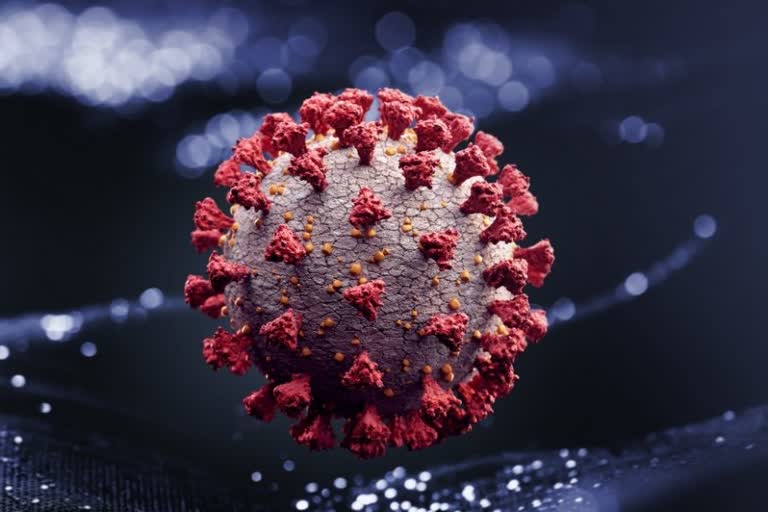According to the scientists from Wuhan University in China, NeoCov can penetrate human cells in the same way as the SARS-CoV-2 virus. "It is only one mutation away from becoming dangerous for humans," researchers said in a paper posted on preprint website bioRxiv which has not been peer-reviewed yet.
NeoCoV has been discovered among bats in South Africa and has only been known to spread among these animals to date. The MERS-CoV and several bat coronaviruses employ 'DPP4' as their functional receptors. However, the receptor for NeoCoV, the closest MERS-CoV relative yet discovered in bats, remains "enigmatic".
In the study, the researchers unexpectedly found that NeoCoV and its close relative, PDF-2180-CoV, can efficiently use some types of bat Angiotensin-converting enzyme 2 (ACE2) and, less favourably, human ACE2 for entry. "NeoCoV efficiently infects human ACE2 expressing cells after a T510F mutation on the receptor-binding motif (RBM). Notably, the infection could not be cross-neutralized by antibodies targeting SARS-CoV-2 or MERS-CoV," the study showed. It means that neither antibodies nor protein molecules produced by people with respiratory diseases or who have been fully vaccinated can protect against NeoCoV.
The study demonstrated the first case of ACE2 usage in MERS-related viruses, shedding light on a potential bio-safety threat of the human emergence of an ACE2 using 'MERS-CoV-2' with both high fatality and transmission rate. Associated with the MERS-CoV virus, the new virus was discovered in outbreaks in Middle Eastern countries in 2012 and 2015 and is similar to SARS-CoV-2, which causes COVIDin humans.
